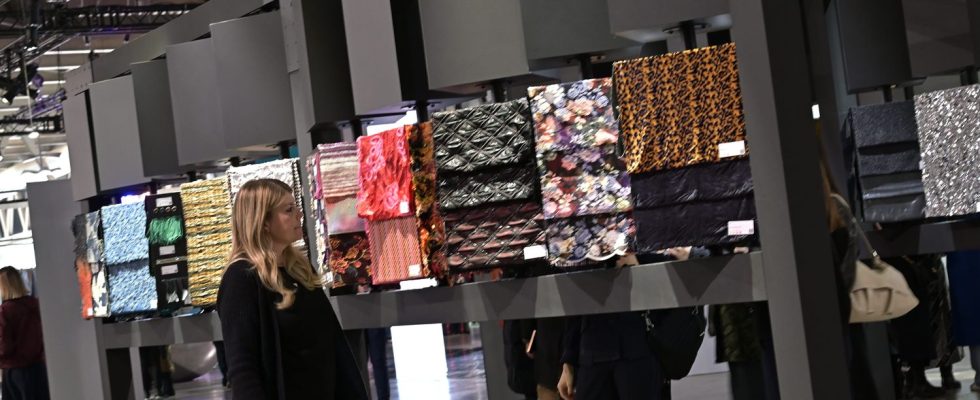Milan Fashion Week opens this Tuesday, February 20, the opportunity to question the relationship with fashion in countries renowned for their inventiveness, such as Japan, South Africa and the main ones concerned by the event, ‘Italy. Explanations from our correspondents on site.

Published
Update
Reading time: 5 min

There are 56 fashion shows scheduled to take place from February 20 to 26 during Milan Fashion Week, Italy, where the fashion sector is very important to the economy. These shows will present the fall winter women’s collections and will be particularly scrutinized by the Japanese media who are interested in the Japanese designers and models selected to parade. Fashion Week also gives pride of place to African designers with Afro Fashion Week, where South African designers are increasingly present.
Fashion, Italian “oil”
The fashion sector, in the broad sense, employs 1.2 million people. Half in industry and the other in services. It represents 5% of national wealth, but is decreasing since it was at 8% before the Covid years. A difficult time for this sector which is made up of many small businesses. The most difficult part seems to be over, since turnover was up 4% in 2023, much more than the growth of Italy in general.
Milan Fashion Week is also, and more than others, a major commercial event which opens its doors to all fashion segments and not just the high-end. Italy has brands at every level of fashion, from Moncler down jackets to Calzedonia underwear to Ferragamo shoes.
A special link with France
If many of the big names in fashion are Italian, many also belong to the two French giants, such as Bulgari at LVMH and Gucci at Kering. To exaggerate, we could say that the producers are in Italy and the brands in France.
At the same time, France was the leading export country for Italian fashion in 2023, ahead of Germany and the United States. This is good, since after Milan Fashion Week, Paris Fashion Week will begin.
Fashion Week, an essential recognition in Japan
Fashion shows for the Japanese are first and foremost those that take place abroad, first and foremost in Paris. It’s amusing to see how much the Japanese media are interested in designers, but also in Japanese models selected to show in Paris, Milan, London or New York.
A few years ago, Japanese designer Junko Koshino, a sort of Coco Chanel of Japan, recalled that the holy grail for her and her alter egos of the time, who emerged in the 1970s, the late Kenzo Takada, Issey Miyake, Yohji Yamamoto or Kansai Yamamoto, was to present their collections in Paris. It was the sine qua non condition for recognition in their country.
A thought still true today
In the minds of many Japanese, the obligatory passages to stand out in fashion remain Paris, Milan, London and New York. You must have had your parade in one of these cities to be recognized in Japan. For example, Japanese singer, pianist and drummer Yoshiki, who is launching his collection this year in Milan, announced it in Paris and even named his new company Maison Yoshiki Paris.
Seen from Japan, fashion, ready-to-wear or haute couture have always been associated with France. There is an equal sign between the words elegance and France, even if French couturiers have also often looked for inspiration in Japan.
South African designers increasingly courted
Big brands and celebrities do not hesitate to seek out South Africans, like the designer Thebe Magugu, the first African to receive the LVMH prize for young designers in 2019. Today, he designs collections for Adidas or for Canada Goose down jackets. Stars like Rihanna, Miley Cyrus and Charlize Theron wear his clothes.
African fashion, “it’s not just wax or prints”, points out Thebe Magugu. South Africans are building a bridge between tradition and modernity and it works, since after Thebe Magugu, the LVMH prize has highlighted other creators, such as the South African Sindiso Khumalo in 2020, then the designer Lukhanyo Mdingi in 2021 In the country of Nelson Mandela, designers dare, like Mandela himself, a precursor of fashion, who wore emblematic shirts with floral patterns and satin texture. They are still very popular today in South Africa by politicians who want to be like him.
